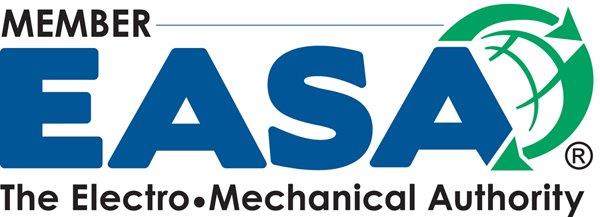In the fast-paced world of industrial machinery, the reliability and efficiency of large motors are crucial for seamless operations. One highly effective strategy that has revolutionized the way industries maintain their equipment is predictive maintenance. By harnessing the power of data and analytics, predictive maintenance allows companies to forecast potential issues before they occur, thus minimizing downtime and maximizing productivity. In this blog post, we will delve into the benefits of predictive maintenance on large motors and how it can significantly improve the performance and longevity of these critical components.
The Importance of Large Motors in Industrial Settings
Large motors play a vital role in a wide range of industrial applications, from powering conveyor belts in manufacturing plants to driving pumps in water treatment facilities. The efficient operation of these motors is essential for maintaining smooth production processes and meeting production targets. Any unexpected breakdown or failure of a large motor can result in costly downtime, repairs, and loss of revenue for the business. This is where predictive maintenance steps in to provide a proactive approach to motor care and management.
Benefits of Predictive Maintenance on Large Motors
1. **Reduced Downtime**: One of the primary advantages of predictive maintenance is its ability to identify potential issues in large motors before they lead to a breakdown. By monitoring key parameters such as temperature, vibration, and electrical currents, maintenance teams can detect early signs of wear or malfunction and take corrective actions promptly. This proactive approach helps prevent unexpected downtime, allowing operations to run smoothly without interruptions.
2. **Extended Equipment Lifespan**: Regular monitoring and maintenance based on predictive analytics can significantly extend the lifespan of large motors. By addressing minor issues early on and scheduling repairs or replacements as needed, companies can avoid costly major breakdowns that could result in the premature retirement of expensive equipment. This proactive approach not only saves money on replacement costs but also ensures that motors operate at peak efficiency for longer periods.
3. **Optimized Maintenance Scheduling**: Predictive maintenance enables companies to optimize their maintenance schedules based on the actual condition of the equipment rather than fixed time intervals. By leveraging real-time data and analytics, maintenance teams can prioritize tasks based on criticality and urgency, ensuring that resources are allocated efficiently. This targeted approach to maintenance helps reduce unnecessary inspections and repairs, saving both time and money for the business.
4. **Improved Safety and Reliability**: Regular monitoring and proactive maintenance practices enhance the safety and reliability of large motors in industrial settings. By identifying potential issues early and addressing them promptly, companies can mitigate the risk of accidents, equipment failures, and production disruptions. This not only protects the workforce and assets but also instills confidence in the overall reliability of the operation.
In conclusion, predictive maintenance offers a host of benefits for large motors in industrial settings, ranging from reduced downtime and extended equipment lifespan to optimized maintenance scheduling and improved safety and reliability. By investing in predictive maintenance strategies, companies can ensure the efficient operation of their large motors and maximize productivity while minimizing risks and costs associated with unexpected breakdowns.
At The Pump & Motor Works, Inc., we specialize in motor repair and manufacturing services to help businesses maintain and optimize their industrial equipment. Contact us today to learn more about how predictive maintenance can benefit your large motors and enhance the performance of your operations.



